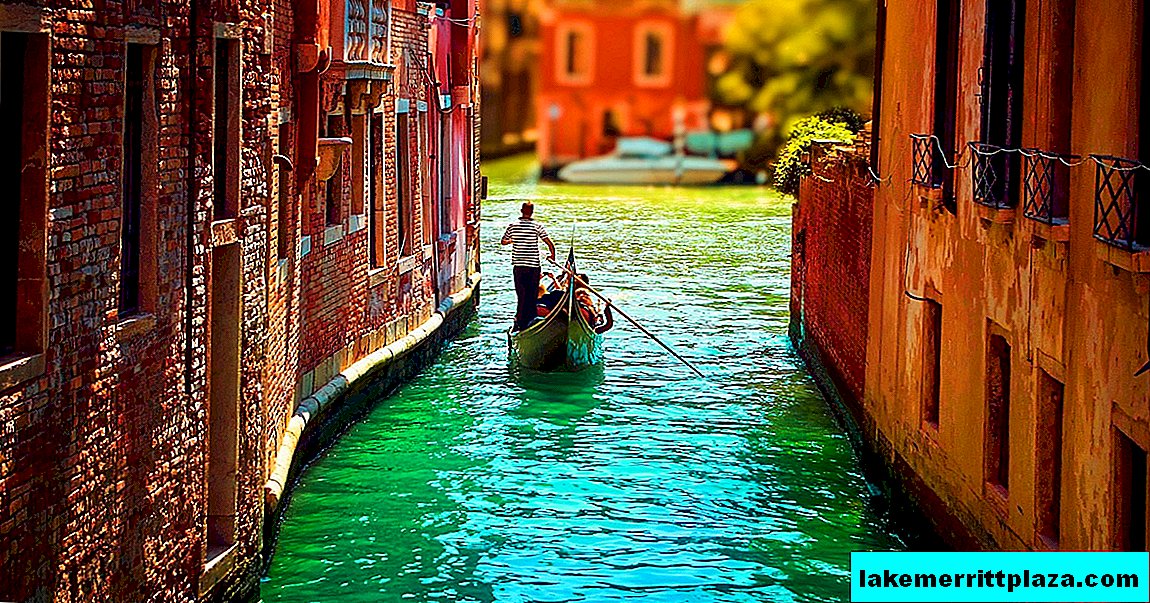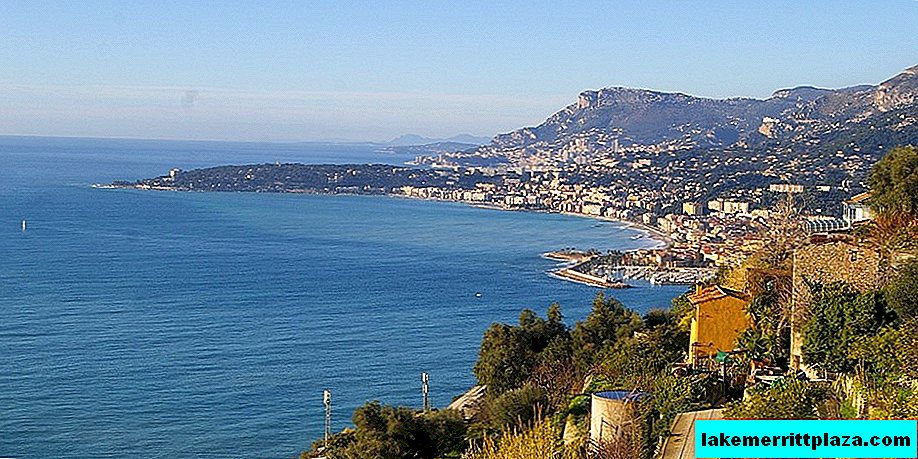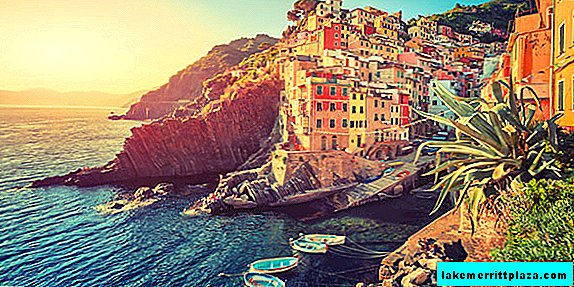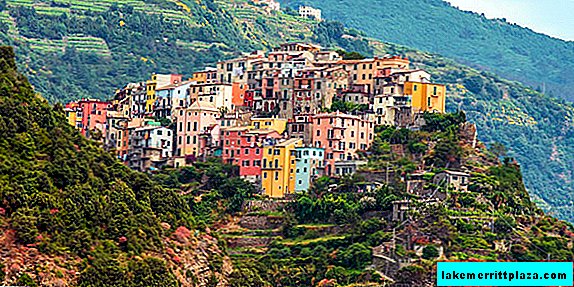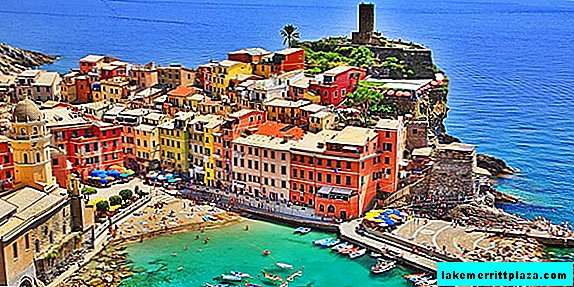Santa Maria della Vittoria (Santa Maria della Vittoria) is a church in Rome (Roma), which has the status of titular. The titular church is run by a cardinal priest, a member of the College of Cardinals, who is an honorary member of the Roman clergy. Santa Maria della Vittoria is under the care of Cardinal Archbishop of Boston Sean Patrick O'Malley, who received the title of this church and San Cardinal in 2006. The name is written on the plaque in the church and the emblem of this cardinal is placed.
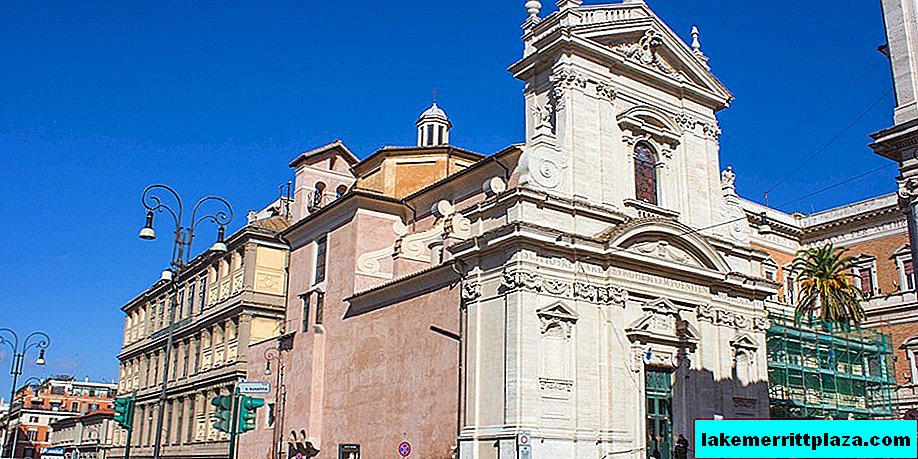
History of construction
The church began to be built in 1605 in honor of St. Paul, the monks of the Order of the Barefoot Carmelites, who have the status of beggars and are known for their ascetic life (unceasing prayer, silence, humility, rejection of the benefits of peace, etc.). The baroque cloister project was designed by artist-architect Carlo Maderno. The building was built for more than 10 years, and in 1620 it was re-consecrated in the name of the Virgin Mary, who brought victory to the representatives of Catholicism over Czech Protestants in a fierce battle near the White Mountain near Prague.
Since 1624, the construction was led by Scipione Borghese, who took over the financing of the project. Thanks to this, in 1626 the construction of the church was completed. The interior decoration and decoration continued until the end of the 17th century.
Santa Maria della Vittoria suffered a fire in 1833, after which the building and its interior decoration had to be restored.
Artistic features
Santa Maria della Vittoria is one of the examples of the Baroque building.
The temple is small in size, modest and simple on the outside, conveys the features of the order, on the initiative of which it was created.
In the interior of the church, various means of creating the image of the interior were used:
- Columns
- Moldings;
- Bright mosaic with scenes from the life of saints;
- Wall painting;
- Gold-plated interior elements;
- Sculptural images.
The painting contains several images of the "Madonna of Victorious", which is dedicated to the temple.
Among the sculptures, attention is drawn to Joseph's Dream by Domenico Guidi, created by the master from 1625 to 1701, as well as a tombstone over the grave of Cardinal Pietro Vidoni, who held his post during the construction of the church.
Of particular note is the refined decoration of the burial chapel located in the western part of the church - the chapel, commissioned by Cardinal Federico Cornaro and named after him.
Capella Carnaro
Of particular value is the artistic and ideological center of the Cappella della Cornaro chapel - Ecstasy of St. Teresa (Estasi di santa Teresa d'Avila) by Giovanni Lorenzo Bernini. Cardinal Carnaro also proposed a theme for creating sculptures.
Saint Teresa of Avila is a Carmelite nun who lived in the Spanish city of Avila in the 16th century and was elevated to the rank of saints thanks to an ascetic life and the renunciation of worldly goods. Teresa of Avila stood at the base of the Order of the Barefoot Carmelites in 1593, as she fought for a return to the original strict charter of the order.
According to legend, Bernini created his masterpiece on the basis of the plot from the life of St. Theresa: a saint during a dream visited an angel in the guise of an ordinary person and hit her with an arrow made of pure gold, which had a tip made of fire. Teresa of Avila, who possessed a literary gift, spoke about this vision in one of her letters, recalling the state of “sweet flour” from the blow of an angel right in her heart.
The sculpture with a height of 3.5 m was created from 1647 to 1652. "Ecstasy of St. Theresa" is distinguished by the complexity and theatricality of the composition.
Ecstasy of St. Theresa

Bernini's work is a synthesis of painting, sculpture, architecture and decoration.
Bernini sculpted the famous work from the snow-white Carrara marble, in the background - rays from bronze, covered with gold, representing the divine nature of the appearance of the angel St. Teresa. Around the composition is a frame in the form of an independent altar with colored marble columns. Behind the ensemble is a window through which light penetrates and enhances the effect of the divine radiance of bronze rays. On the right and left sides of the composition are marble balconies, which depict representatives of the Carnaro family discussing the vision of St. Teresa.
Bernini uses white Carrara and colored marble, semi-precious stones, voluminous bright murals on the vault of the chapel with the image of heaven. The master skillfully inserts the sculpture into the church’s painted interior and achieves the unusual effect of refinement, sophistication, conveys the complexity of the mystical image. The sculptural group is fenced with a railing, but they do not move marble figures from the faithful, but make the audience a kind of participant in the events.
The figure of Teresa, located among the clouds, amazes with an unusual posture, transmitting at the same time languor, and suffering, and illumination with a divine light, sacred ecstasy - an ecstasy from immeasurable love for God. In her notes, Teresa spoke of the pleasure she found in Divine Conjunction, that in visions God called her his wife, and himself - her husband. The sculptor managed to convey spirituality, purity and innocence at the same time as sensuality. An angel in flowing robes, on whom the divine light glides from the rays set in the background, stands in an elegant pose, attracts attention with a “human” expression on his face, a slight half-smile expressing sympathy, admiration, and foresight.
The sculpture conveys the vitality of the plot of a wonderful vision, emphasizes the idea that everyone can experience high spiritual experiences. Looking at the Ecstasy of St. Theresa, the audience should have believed in the possibility of a religious feat by any of the believers. An image that is surprisingly thin from a psychological point of view is expressive, conveys the momentary state of the characters and the eternity of the idea of divine service.
Interesting fact
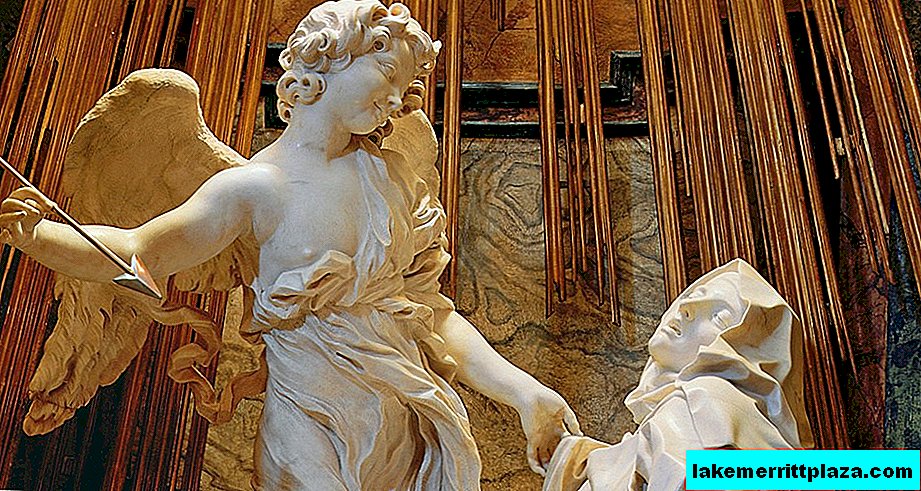
It is known that in the sculpture of Giovanni Lorenzo Bernini reflected his personal experiences. He was madly in love with Constance Buonarelli, the young wife of his assistant.
He called her an angel, and he felt his love for her as a sacred ecstasy. In the image of St. Theresa, the master reflected the features of his beloved, and his passionate love for her, in his opinion, having a divine beginning.
How to get there
- The church is located at Via Venti Settembre, 17.
Santa Maria della Vittoria is easily accessible on foot from Repubblica Metro Station.
The doors of the church are open to visitors every day from 7.00 to 12.00 and from 15.30 to 19.00.
Nearby attractions include the Church of Santa Susanna (Chiesa di Santa Susanna), the Moses Fountain (Fontana dell'acqua Felice) and Republic Square (Piazza della Repubblica) with the Naiad Fountain (Fontana delle Naiadi).




